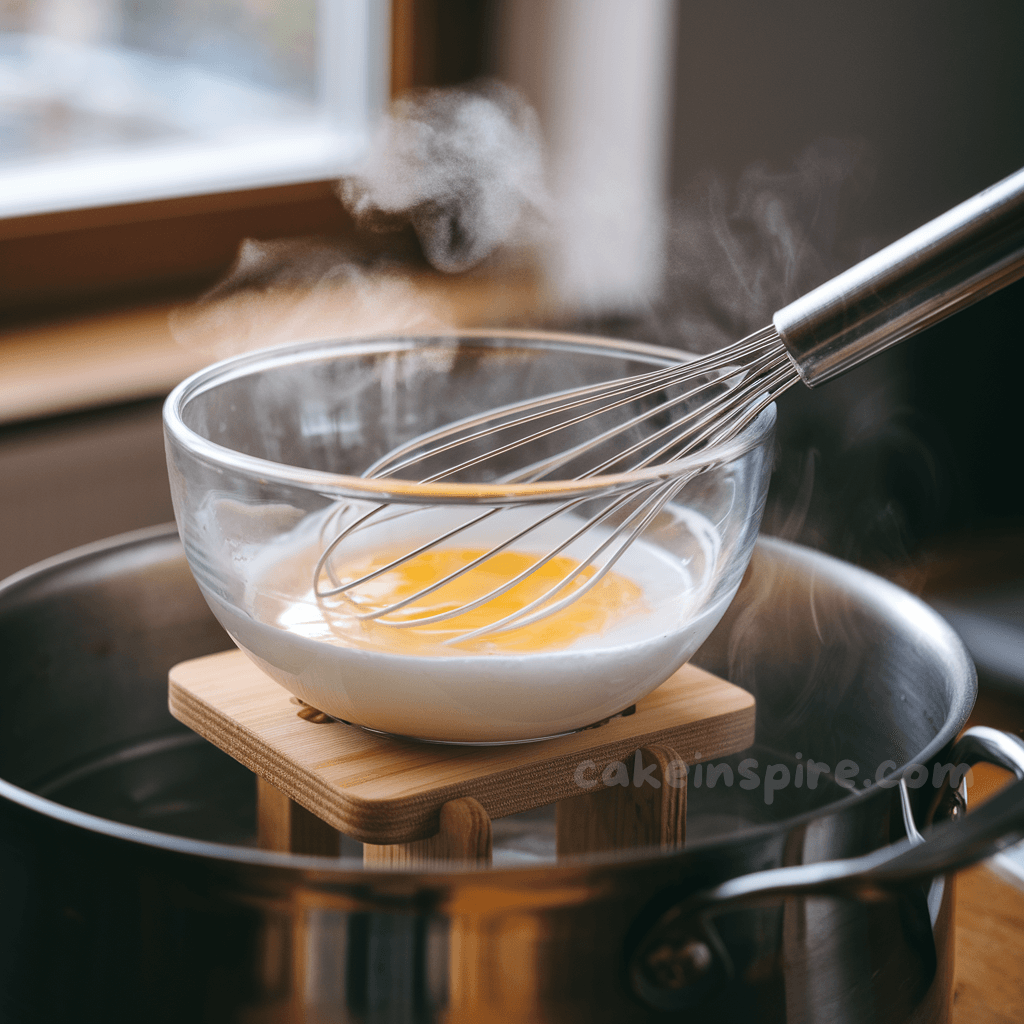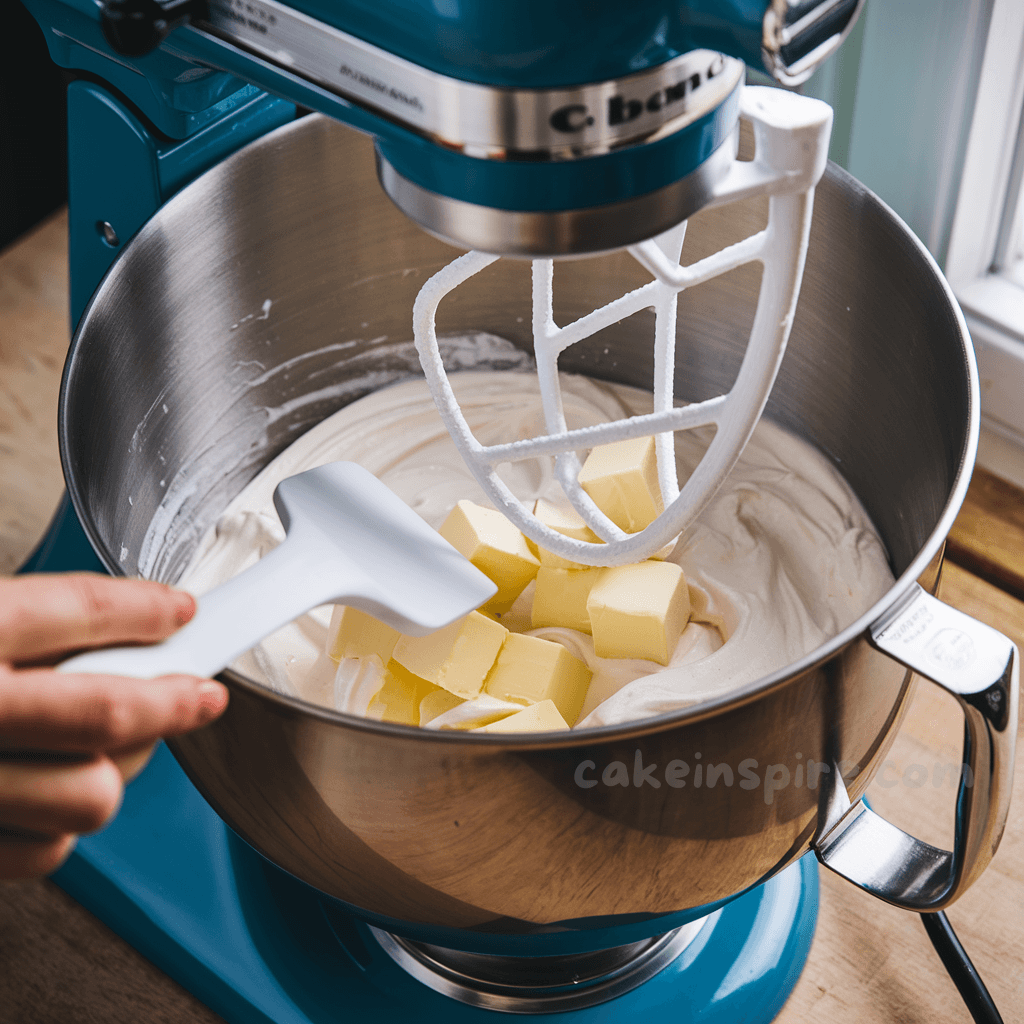Swiss Meringue Buttercream (SMBC) is a baker’s dream frosting. Renowned for its silky texture, less-sweet flavor, and versatility, it’s the perfect addition to cakes and cupcakes. While it might seem intimidating at first, with the right technique and tips, you can create this luscious buttercream effortlessly.
In this guide, we’ll break down the process into simple, actionable steps. Whether you’re a beginner or an experienced baker, this recipe will become your go-to for flawless frosting.
Why Choose Swiss Meringue Buttercream?
Swiss Meringue Buttercream stands out because of its unique texture and taste. Unlike traditional American buttercream, it’s not overly sweet and boasts a velvety finish. It pairs beautifully with everything from classic vanilla cakes to rich chocolate layers.
Here’s what makes it special:
- Creamy and smooth texture: Perfect for decorating.
- Stable in warm conditions: Holds shape better than whipped cream frosting.
- Customizable flavor: Easily adaptable to any taste profile, from chocolate to fruit.
Ingredients You’ll Need
To create Swiss Meringue Buttercream, you’ll need just a handful of ingredients:
- Egg whites (5 large or 150g)
- Granulated sugar (1 ¼ cups or 250g)
- Unsalted butter (1 ½ cups or 340g, softened and cubed)
- Vanilla extract (2 teaspoons)
- Salt (a pinch)

Step-by-Step Instructions
1. Prepare Your Workspace
Start by cleaning all your tools thoroughly. Any trace of grease or fat can prevent the egg whites from whipping to stiff peaks.
Tip: Wipe your mixing bowl and whisk with a little vinegar or lemon juice for extra assurance.

2. Heat the Egg Whites and Sugar
In a heatproof bowl, combine the egg whites and sugar. Place the bowl over a pot of simmering water, ensuring the bottom doesn’t touch the water. Whisk continuously until the sugar dissolves, and the mixture reaches 160°F (71°C).
Why this step matters: Heating the egg whites kills bacteria and helps dissolve the sugar, ensuring a silky buttercream.

3. Whip the Meringue
Transfer the mixture to a stand mixer fitted with a whisk attachment. Beat on medium-high speed until stiff peaks form and the bowl feels cool to the touch. This process can take 10-15 minutes.
Key indicator: The meringue should hold its shape without drooping when you lift the whisk.

4. Add the Butter
Switch to the paddle attachment and gradually add the butter, a few cubes at a time, on medium speed. Don’t panic if the mixture looks curdled—it will come together with continued mixing.
Pro Tip: If your buttercream is too soft, chill it for 10 minutes and re-whip.

5. Flavor and Finish
Add vanilla extract and a pinch of salt for depth. Whip for another minute to combine. Your Swiss Meringue Buttercream is now ready to use!

Troubleshooting Tips
- Buttercream too runny? Chill it briefly, then re-whip.
- Too sweet for your taste? Add a splash of lemon juice to balance the flavors.
- Meringue won’t whip? Ensure there’s no yolk contamination or grease in the bowl.

How to Use Swiss Meringue Buttercream
This frosting is perfect for:
- Layering cakes: Its stability makes it ideal for tiered creations.
- Piping decorations: Holds intricate designs beautifully.
- Flavor variations: Add melted chocolate, fruit purees, or extracts for a customized twist.

Swiss Meringue Buttercream Storage Tips
- Room temperature: Use within 24 hours if kept in a cool environment.
- Refrigeration: Store in an airtight container for up to a week. Bring to room temperature and re-whip before using.
- Freezing: Freeze for up to three months. Thaw overnight in the fridge and re-whip.

FAQ :
1. What is the difference between Swiss Meringue Buttercream and other types ?
Swiss Meringue Buttercream is smoother and less sweet compared to American Buttercream. It’s made by heating egg whites and sugar, then whipping them into a meringue before adding butter. This gives it a silky texture and a lighter taste. Unlike Italian Buttercream, it doesn’t require boiling sugar syrup, making it slightly easier to prepare.
2. Can I make Swiss Meringue Buttercream ahead of time?
Yes, you can! Store it in an airtight container in the refrigerator for up to a week or freeze it for up to three months. Before using, let it come to room temperature and re-whip it to restore its creamy texture.
3. Why does my Swiss Meringue Buttercream look curdled?
This happens when the butter is added while the meringue is still warm, or if the mixture becomes too cold. To fix it, continue whipping—it usually comes together after a few minutes. If not, place the bowl over a warm water bath briefly to soften it, then whip again.
4. Can I flavor Swiss Meringue Buttercream?
Absolutely! You can customize the flavor by adding melted chocolate, fruit purees, extracts, or even a pinch of spices. Add these after the buttercream is fully whipped, and mix until well incorporated.
5. Is Swiss Meringue Buttercream stable in warm weather?
Swiss Meringue Buttercream is more stable than whipped cream frosting but less so than American Buttercream. For best results in warm climates, keep cakes or cupcakes in a cool place or refrigerated until serving.
6. Can I color Swiss Meringue Buttercream?
Yes! Gel food coloring works best for achieving vibrant colors without affecting the consistency. Add the color during the final whipping stage for even distribution.
7. What should I do if my buttercream is too runny?
If your buttercream is runny, it’s likely too warm. Chill it in the refrigerator for 10–15 minutes, then re-whip. This will help it regain its structure and become smooth and creamy again.
8. Can I use Swiss Meringue Buttercream for piping decorations?
Definitely! Its smooth texture makes it ideal for intricate piping designs, such as rosettes, borders, or writing on cakes. Ensure the buttercream is at room temperature for the best results.
9. How much buttercream does this recipe make?
This recipe yields about 5 cups of buttercream, enough to frost and fill a three-layer 8-inch cake or 24 cupcakes.
10. Is Swiss Meringue Buttercream safe to eat?
Yes, as long as you heat the egg whites and sugar mixture to 160°F (71°C) during the preparation process, which eliminates any risk of bacteria.

